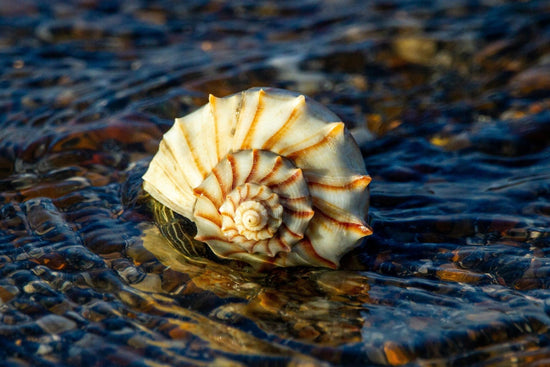Did you know that liquid dish soap is a relatively new household staple? It wasn’t until the 1980s that it was mass-produced in the U.S. for domestic use. Before that, it was common to keep a bar of simple soap in a metal “cage” with a long handle at your sink. One would fill the sink with hot water and either set the cage under the running water or swish it around in the basin to create suds. Alternatively, a bristle brush or sponge could be lathered against the bar and used for scrubbing.
The advent of liquid dish soap eventually made its solid predecessor nearly obsolete. But what kind of impact did that shift have on the environment and our bodies? And, is the convenience worth the damage done?
Here are some reasons you should consider switching back to solid dish soap:

Plastic
The first and most obvious environmental drawback to liquid dish soap is the necessity of plastic bottles. Plastic bottles can take 200-500 years to biodegrade, at which point they will have simply broken down into smaller pieces of plastic - known as microplastics - which are now present nearly everywhere on earth, including inside of our bodies.
Nearly all plastic ever produced still exists. It is being dumped into our oceans by the truckload every minute, killing tens of thousands of marine animals every year. It is linked to cancers, immune deficiency, endocrine disruption and infertility. Cut it out of your life wherever you can!
Water
One of the main ingredients in liquid dish soap is water. And of course there’s nothing dangerous about water! But, the inclusion of water means you’re paying for a diluted product that weighs more, takes up more space, costs more money to ship, and creates more emissions in shipping than a solid bar of dish soap that would serve the same purpose.
Additionally, introducing water to a product invites bacteria to grow, which in turn necessitates the use of preservatives, like Methylisothiazolinone.
Methylisothiazolinone
A preservative and common allergen. The EPA categorizes Methylisothiazolinone as moderately to acutely toxic in oral, dermal, ocular, and respiratory studies, as well as for freshwater and marine ecosystems.
Synthetic fragrance
Numerous studies have shown that fragrance oils can adversely impact human bodies as well as the environment. In fact, The American Academy of Dermatology (AAD) has reported that fragrance chemicals are the top cause for allergic reactions to cosmetics! And even if you never have an allergic reaction to any of them, those synthetic fragrance chemicals contain hormone-disrupting phthalates and parabens that can cause long term health effects and stay in the body long enough to be passed down to the next generation.
Despite the danger of potential allergens, the presence and lasting consequences of endocrine-disrupting phthalates and parabens, the headaches, skin irritation, nausea, and respiratory issues, the AAD says there are currently upwards of 5,000 different fragrance molecules in heavy circulation.
The dirty truth is that companies can put anything they like into a product and cover it all up with a single word - fragrance - in pursuit of their own competitive advantage. So at the very least, we hope you see waving red flags every time you spot that word listed among ingredients.
Synthetic dyes
Added purely for aesthetics, synthetic dyes can contain irritating compounds as well as known carcinogens. They have been linked with mood disorders and hyperactivity, and contain allergens that adversely affect many people, especially children. In fact, many of the most common synthetic dyes used in the U.S. are banned in other countries.
Most synthetic dyes are petroleum based, which makes them difficult to remove from waste-water. Toxic runoff therefore ends up polluting our waterways and affecting the health of local communities, wildlife, and farms.
1,4-Dioxane
Categorized by the EPA as a probable human carcinogen, 1,4-Dioxane is a common soap additive that is used to create suds. It does not readily biodegrade and is widespread in drinking water.
Like dyes, this additive does nothing to increase the efficacy of the soap. It is included purely because consumers like the bubbles and believe their presence means the soap is working better. But, traditional soaps without this ingredient are no less effective!
What’s the alternative?
A solid dish soap made with all natural ingredients and zero synthetics, like Canary Clean.
There is no need for plastic when your soap comes in bar form. There is no need to pay for water weight when you’re going to be adding water from your tap. There is no need for synthetic fragrances when all-natural ingredients smell wonderful on their own. There is no need for synthetic dyes, because soap works the same no matter its color!
Making the switch from liquid to solid dish soap is easy and affordable, and it’s a huge boon to your body and the environment. Go plastic-free and all natural, and kick those nasties to the curb!







1 comment
I’ve tried other solid dish soaps and found it got so messy. Do you recommend a certain type of soap dish to keep it tidy and pleasing to the eye?